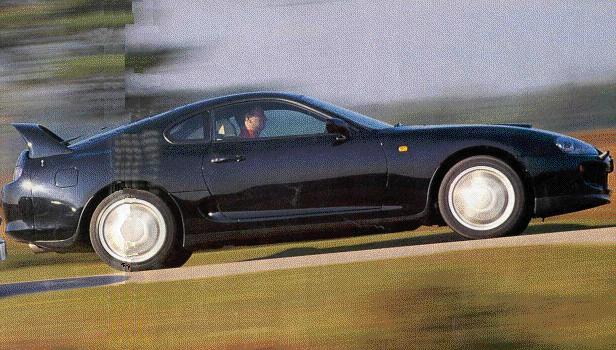
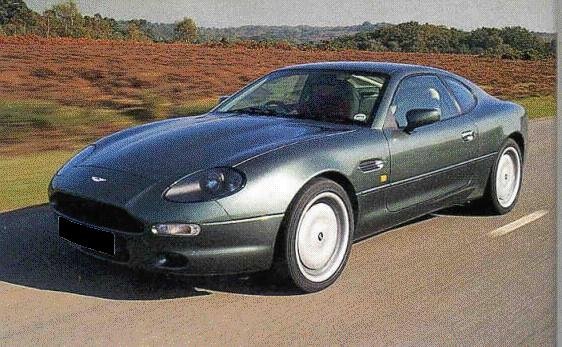
| Wheels Magazine |
|---|
| Aston Martin DB7 v Toyota Supra |
On your Marques...Name fame doesn't count when Roger Bell pits the DB7 against Toyota's Supra - maybe? What's in a posh name? The sense of class and history evoked by Aston Martin surely distances the new DB7 from Oriental pretenders to the GT crown. Or does it? 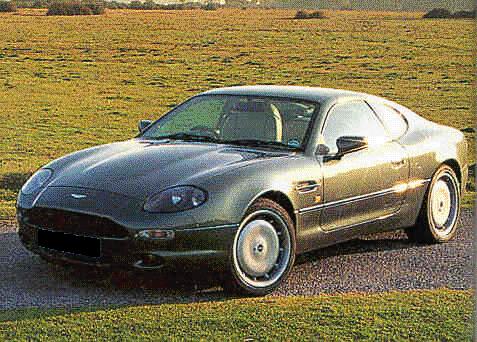 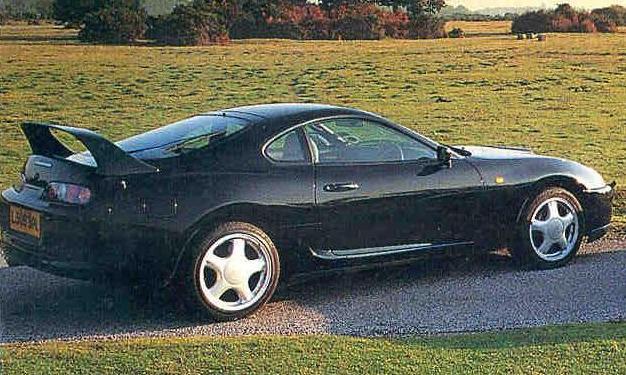 When the DB6 was axed in 1969, Japan had nothing remotely competitive with the Aston Martin. A quarter of a century on the DB7 competes not only with other Eurocrats from BMW, Ferrari, Porsche and Mercedes-Benz - let alone Jaguar (also Ford owned), which spawned the new Aston - but also hugely capable Japanese slingshots costing half as much. Remove price, breeding and exclusivity from the equation and the DB7 and the Toyota Supra are on common ground as showy, front engined, rear drive coupes offering panache and passion in equal measure. There's not much in it on size, neither car is as compact as say, Porsche's 911 (which also has plus-two rear seats) and both are leaner than the BMW 850, Jaguar XJS and Mercedes S500C. Accommodation in both is sacrificed on the altar of style. For sheer elegance of line, the Aston Martin has few peers and no betters. Breathtaking simplicity as penned by Ian Callum and his TWR Design team needs no embellishment. Aston is thought to be saving the steriodal body kit for the Vantage, coming later with a Ford-developed V12 engine. The macho Supra, with its more aggressive visage and giant rear wing, is the epitome of auto testosterone. 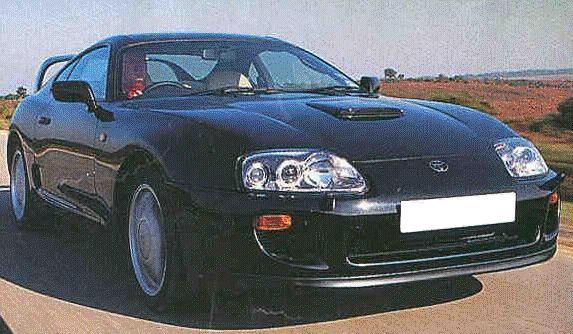 Finish? The paint is excellent on both (unless a special colour is specified, DB7's are coated by Rolls-Royce), but the Toyota has the tighter panel gaps. Some of those between the Aston's steel and composite skin (used for the bonnet, front wings, boot lid and sills) are wide and inconsistent. The doors don't shut with an expensive clunk, either. Without cabin air pressure to hinder them, though, they do shut easily; as in some BMWs, the Aston's electric windows don't snap against their seals until the door's been shut. Apart from this nugget of electronic gimmickry, the Aston Martin could be mistaken as the cheaper car by the uninitiated. 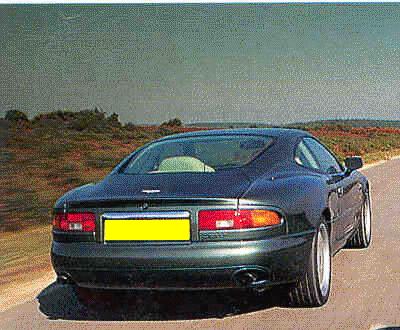 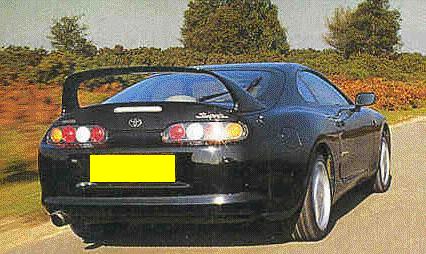 Both have air-conditioning, leather, heated seats and cruise control, besides the usual top car accoutrements. The Supra, though, boasts two major safety devices that the Aston so far lacks - airbags and traction control. It also has the advantage of a six-speed manual gearbox. Unless you have an aversion to polished burr walnut and Connolly leather trim, the Aston Martin wins hands down for interior decor. Although DBs one to six were not encrusted with wood, the DB7 epitomises what's expected these days of a snooty British car like a Jaguar, Bentley or Aston Martin. Black-on -grey instruments add a touch of class, though I have read more legible dials, The Supra's rather drab, uninviting cockpit is not so richly trimmed as the DB7's. There's too much black plastic and the dash is a haphazard mish-mash of knobs and rockers.  The semi-retro styling - bevelled instruments dominated by the rev counter and eyeball air vents, for instance - is less then convincing. Nor does it square with the car's aggressively modern lines. You will find voluptuously padded electric seats in both cars, but it's the Toyota that offers the most comfortable driving position. That of the DB7 is marred by offset pedals and a steering wheel that moves vertically but not in and out. There's no height or tilt adjustment for the plump seats, either. The view forward over the long, sexy bonnet is reminiscent of an E-type jaguar's, but the screen pillars are thick and sometimes obtrusive. Fears that the Supra's rear wing might impair vision are groundless: the view aft, under the wing, is as good as in the Aston. The Toyota claws back lost comfort points with an explosive performance that the Aston can't quite match. Both have big straight-six engines with two overhead camshafts and 24 valves; that of the DB7 owes nothing to any previous Aston Martin, but a lot to Jaguar. 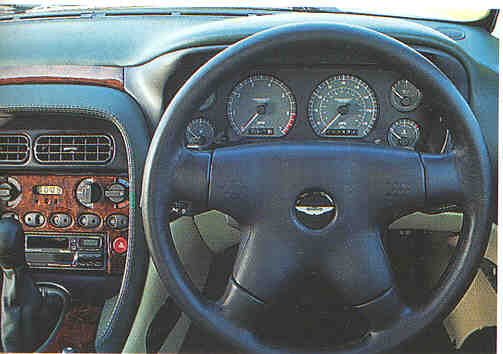  Both are force fed - the Toyota by twin turbochargers working in sequence, the Aston by a single belt-driven Eaton supercharger. Power outputs are similar, around 246 kW, but the DB7 develops more torque at lower revs. It shows. Bury the Aston's throttle and the engine responds instantly, even in a high gear. The absence of lag between command and action makes the DB7's eager perfomiance (0 - 100 km/h in 5.7 seconds) very accessible. From a strong base, acceleration sharpens progressively without ever getting violent. Not so the higher-revving Toyota, which lacks the Aston's pleasantly linear delivery but storms harder when its turbos start pumping effectively after an off-boost lull. Caught napping in the wrong gear, the Toyota momentarily languishes in the Aston's wake. Then it plays all its aces - massive turbo thrust, a favourable power-to-weight ratio (the Aston is very heavy) and six closely stacked gear ratios (against the DB7's five) - which clinch the game. There's not much in it for shift quality: the Toyota has the quicker action, the Aston the cleaner throw. Were its top speed not electronically governed to about 250 km/h, the Toyota would probably have a 15 km/h advantage over its 260 km/h rival. In real-life motoring, however, there is little to choose between them on performance. The Toyota feels thrilling, whereas the Aston sounds it; as the revs soar, so a distinctive wail erupts from the supercharger. The DB7 does not assail your ear with a raucous blare like previous six-cylinder Astons (the law does not allow it), but it makes the right kind of noise. Take away the shrill whistle of the Toyota's turbos and all that's left is an uninspiring whoosh.  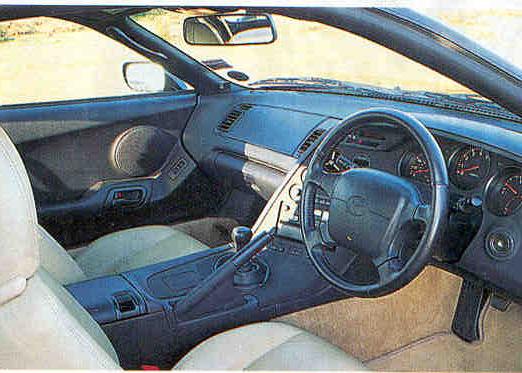 Aston Martin argues that the linear delivery of the DB7's engine renders traction control unnecessary. What it's really saying is the AM drivers don't want sissy gimmiicks. Too much power on a second- gear turn with the TC switched off and the Supra will snap sideways more quickly than you can say 'turbo thrust'. Accomplished suspension (again Jaguar- based on the Aston Martin) and huge low-profile tyres that get the power down without drama are also common denominators. Both cars grip like limpets, but it's the Aston Martin that offers the richer driving experience. Its steering is not quite so sharp as the Toyota's, but it is more communicative, more intimate. Ultimately, the DB7 draws you into the action as surely as the Toyota detaches you from it. The Supra's helm is too light and anaethesised, a problem derived from its settings for the Japanese market. You cannot fail to be enormously impressed by the huge ability of the Supra, but the car doesn't enthral and beguile; it simply excites. With its tighter lock, the Toyota is the easier car to park and U-turn and the handier to thread through conjested city streets. Despite the Supra's excellent front seats, the DB7 wins decisively on comfort and refinement. Aston's TWR Design team went for a fairly balanced ride/handling compromise. Not so the Supra's, which opted for a strong handling bias - and never mind the ride. The Supra's suspension is firm to the point of being harsh: around town it feels uncompromisingly stiff and jerky. Its tyres are also very noisy, with road rumble drowning out all other sounds on coarse surfaces. The Aston has more supple suspension and a much quieter ride. Fears that its low-profile Bridgestone tyres would generate excessive harshness and noise are unfounded. They were chosen as much for refinement as grip. The ABS-backed all-disc brakes of both cars are reassuringly strong. If the DB7 fails commercially, who would bet against Ford cutting its losses and ditching Aston Martin Lagonda? After all, AML needs Ford's cash cushion and techinical backup far more than Ford needs its tiny subsidiary's aristocratic name. Not that failure is in the script. For the next two honeymoon years, the DB7's success seems assured, despite some well publicised teething troubles. So far, all the indications are that even diehard Aston Martin purists take a pragmatic view of the DB7's Jaguar heritage and Ford associations. 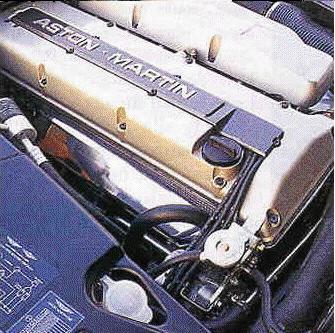 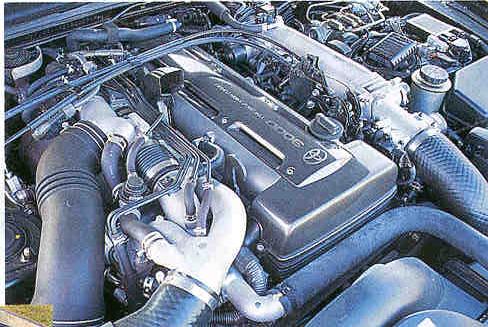 Total its assets and the brawny Toyota posts a winning score. It's faster, safer, better equipped and, on full turbo thrust, more exciting on the kidney punch scale than the Aston Martin. It's also probably better made and more dependable while the DB7's assembly team - also for Jaguar's XJ220 supercar - is on a steep learning curve. Add to the equation an estimated $40,000 price advantage in Australia (the DB7's projected price here is $170,000) and by any objective criteria the spearing Supra eclipses the delectable DB7. But wait. What's objectivity got to with it at this heady level? Heroically dynamic the Supra undoubtedly is. Enchanting it is not. Despite its sensational looks, the Supra is little more than fast transport - coolly efficient, uninvolving. The sublime Aston Martin may not muster quite so much raw talent, but it snares your affection in a way the Toyota never will. Price no object, it's the car I'd choose. |
| Specifications | ||
|---|---|---|
| Information | Aston Martin DB7 | Toyota Supra |
| Engine | In-line 6 | In-line 6 |
| Induction | efi, supercharged | efi, twin turbo |
| Valves | dohc, 24 | dohc, 24 |
| Bore x Stroke(mm) | 91.0 x 83.0 | 86.0 x 86.0 |
| Capacity(cc) | 3239 | 2997 |
| Compression Ratio(:1) | 8.3 | 8.5 |
| Power:KW @ rpm | 251 @ 5500 | 244 @ 5600 |
| Torque:Nm @ rpm | 498 @ 3000 | 449 @ 4800 |
| Transmission | 5 Speed manual | 6 Speed manual |
| First | 3.55 | 3.83 |
| Second | 2.04 | 2.36 |
| Third | 1.40 | 1.69 |
| Fourth | 1.00 | 1.31 |
| Fifth | 0.75 | 1.00 |
| Sixth | - | 0.79 |
| Reverse | ? | ? |
| Final Drive | 3.54 | 3.27 |
| Chassis | unitary | unitary |
| Drive | rear | rear |
| Suspension - front | wishbones,coil springs, anti-roll bars | wishbones,coil springs, anti-roll bars |
| Suspension - rear | lower wishbones, coil springs, upper driveshafts, anti-roll bars | wishbones,coil springs, anti-roll bars |
| Steering | power rack & pinion | power rack & pinion |
| Brakes - front/rear | power vented disks,ABS | power vented disks,ABS |
| Tyres - make | Bridgestone | Michelin Pilot |
| Tyres - front | 245/45 ZR18 | 235/45 ZR17 |
| Tyres - rear | 245/45 ZR18 | 255/40 ZR17 |
| Kerb Mass(kg) | 1750 | 1550 |
| Fuel Tank(l) | 89 | 80 |
| Body | two door coupe | three door coupe |
| Wheelbase(mm) | 2590 | 2550 |
| Length | 4630 | 4515 |
| Width | 1820 | 1810 |
| Height | 1265 | 1275 |
| Performance | standing start | standing start |
| 0 - 64 km/h (40mph) | 3.3 | 3.1 |
| 0 - 97 km/h (60mph) | 5.8 | 5.1 |
| 0 - 129 km/h (80mph) | 9.4 | 8.2 |
| 0 - 161 km/h (100mph) | 14.4 | 12.3 |
| 0 - 193 km/h (120mph) | 21.0 | 18.4 |
| 400m @ km/h | 14.3 @ 160.9 km/h | 13.7 @ 168.9 km/h |
| Rolling Start | 3rd, 4th, 5th | 3rd, 4th, 5th, 6th |
| 48 - 80 km/h (30-50mph) | 3.2, 5.0, 7.9 | 2.9, 3.9, 5.9, 9.7 |
| 80 - 113 km/h (50-70mph) | 3.6, 4.6, 7.1 | 2.9, 3.8, 5.1, 7.3 |
| 113 - 145 km/h (70-90mph) | 3.9, 5.3, 7.2 | 3.5, 3.6, 5.3, 7.5 |
| 145 - 178 km/h (90-110mph) | ---, 5.9, 9.1 | ---, 4.7, 5.4, 8.5 |
Back to Home Page